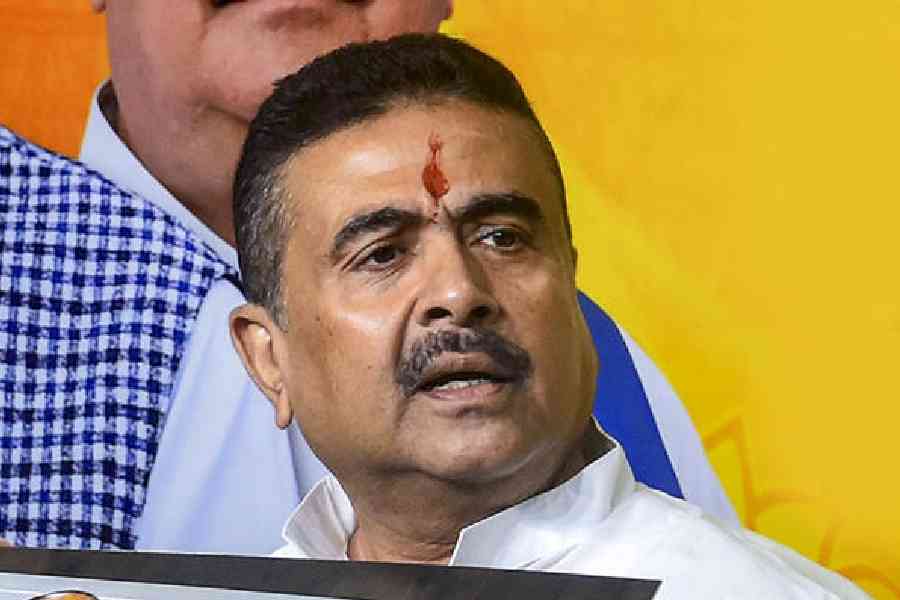The government is determined to put a lid on its fiscal deficit but has no control over widening current account deficit (CAD). Moody’s has said that it expects fiscal deficit to start to narrow over the next few years. Fiscal deficit had surged to 9.2 per cent in 2020- 21 (the pandemic year) and dipped to 6.9 per cent in 2021- 22.
It is expected to be capped at 6.4 per cent this year as the government slashes spending drastically. But CAD is proving to be a far more difficult problem to wrestle with for the Modi government. “We project CAD at an all time high of $120 billion — 3.5 per cent of GDP — in this fiscal considerably higher than the $38.7 billion or 1.2 per cent of GDP in the last fiscal, “ Aditi Nayar, chief economist, Icra, said.
“Nevertheless, as a proportion of GDP, the FY2023 CAD is expected to be much lower than the levels seen in FY2013, 4.8 per cent of GDP,” Nayar said. Data showed that the CAD in value terms was $87.8 billion in FY13.
Icra said CAD in the first quarter has already crossed $30 billion on account of higher commodity prices, equivalent to 80 per cent of full year CAD for the last fiscal. In the third quarter of 2012- 13, during the taper tantrum, CAD touched $31.9 billion.
Brokerage Nomura said it expects CAD as a share of the gross domestic product to triple this fiscal year. A global economic slowdown will further skew the country’s trade imbalances. In a report, it said India’s CAD will rise to 3.5 per cent of GDP in the current fiscal from 1.2 per cent last year. It had previously forecast the share to be 3.3 per cent of GDP.
Moody’s rating Moody’s Investor Service retained its sovereign rating on India at Baa3 with a stable outlook, the agency said in a statement. “The stable outlook reflects our view that the risks from negative feedback between the economy and financial system are receding,” it said.
With higher capital buffers and greater liquidity, banks and non-bank financial institutions pose much less risk to the sovereign than previously anticipated, facilitating the ongoing recovery from the pandemic, it added. Moody’s said India’s economy was expected to grow by 7.6 per cent in real GDP terms in the current fiscal, while growth was seen slowing to 6.3 per cent in the next fiscal. It could upgrade the rating if growth potential increased beyond expectations.










